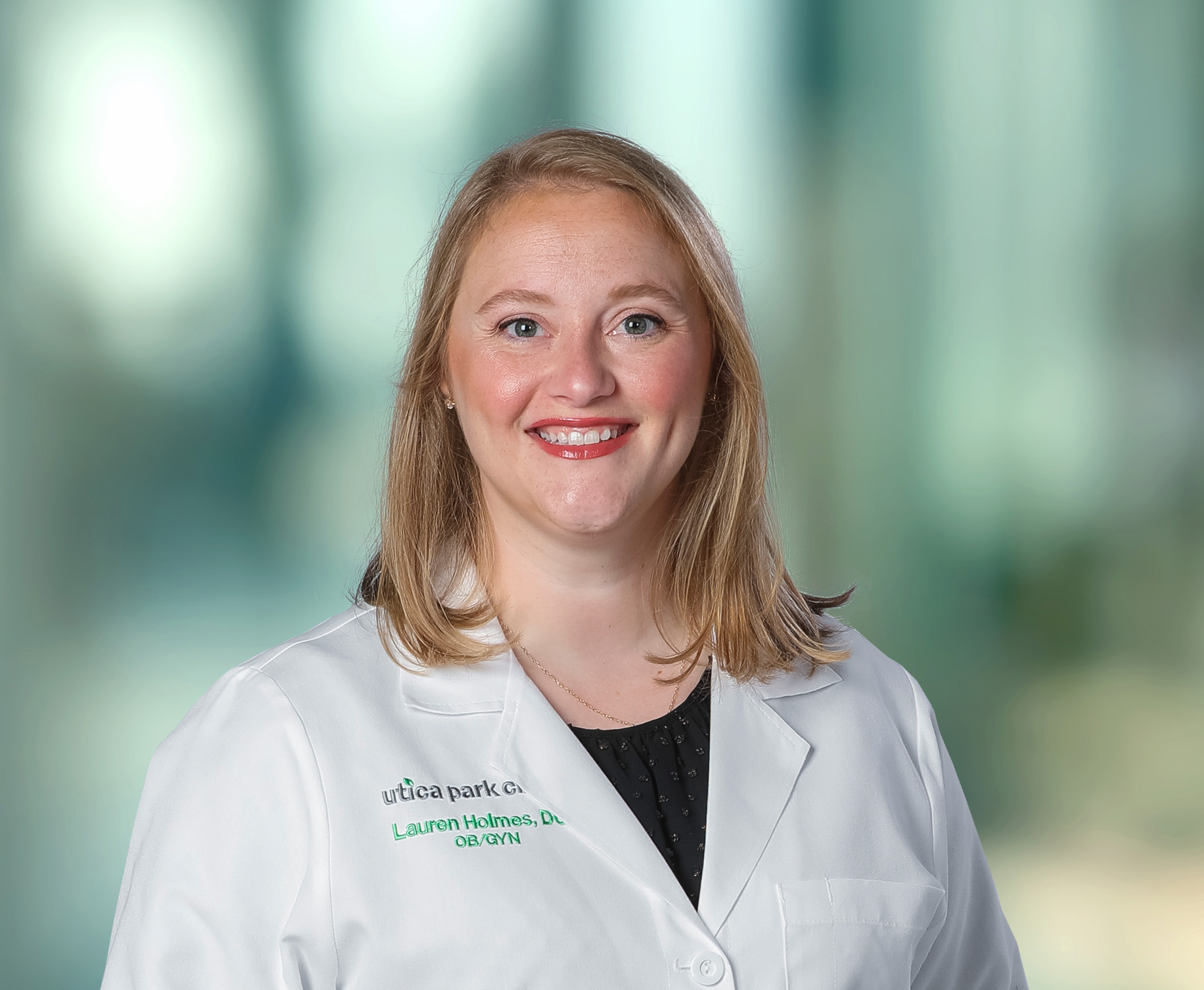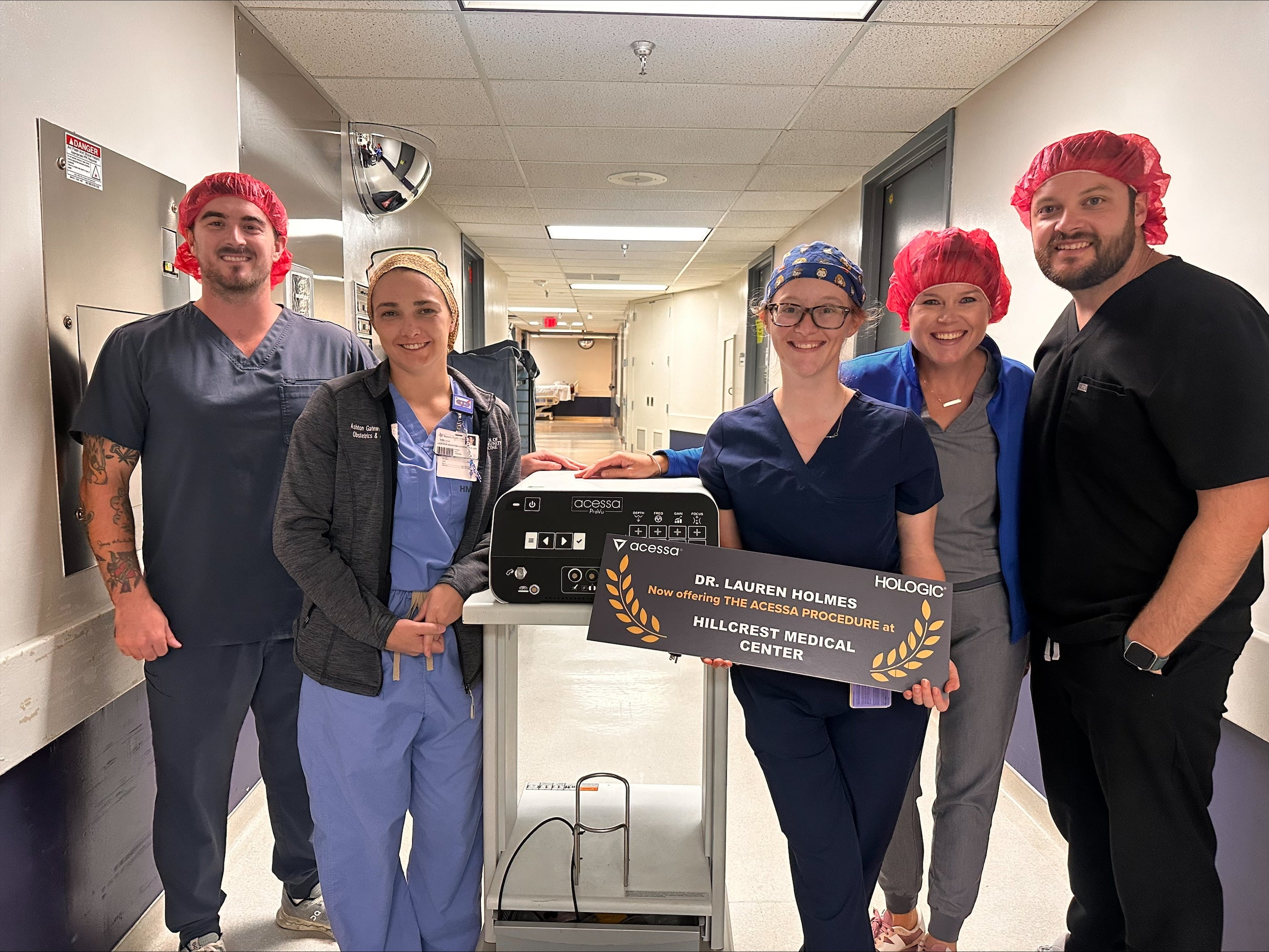 Uterine fibroids are a condition that affects millions of women worldwide. Often misunderstood and under-discussed, fibroids can significantly impact a woman's quality of life. Dr. Lauren Holmes, OB-GYN with Utica Park Clinic, explains what you need to know about the condition, key terms, symptoms, treatment and why awareness is important.
Uterine fibroids are a condition that affects millions of women worldwide. Often misunderstood and under-discussed, fibroids can significantly impact a woman's quality of life. Dr. Lauren Holmes, OB-GYN with Utica Park Clinic, explains what you need to know about the condition, key terms, symptoms, treatment and why awareness is important.
What are uterine fibroids?
Uterine fibroids, also known as leiomyomas or myomas, are non-cancerous growths that develop in or on the wall of the uterus. They can vary greatly in size, from as small as a pea to as large as a grapefruit, and a woman can have one or many.
Fibroids are classified by their location:
-
Intramural fibroids: Grow within the muscular wall of the uterus
-
Subserosal fibroids: Project to the outer surface of the uterus
-
Submucosal fibroids: Grow into the uterine cavity
-
Pedunculated fibroids: Grow on a stalk, either inside or outside the uterus
Who is at risk of developing uterine fibroids?
While the exact cause of fibroids isn't fully understood, several factors may play a role:
-
Genetics: If your mother or sister had fibroids, you're at a higher risk.
-
Hormones: Estrogen and progesterone appear to promote fibroid growth.
-
Age: Fibroids are most common in women in their 30s, 40s and early 50s.
-
Race: African American women are disproportionately affected by fibroids, often experiencing them at a younger age, having more severe symptoms and larger fibroids.
-
Other factors: Obesity, a diet high in red meat and certain medical conditions may also increase risk.
Symptoms you shouldn't ignore
Many women with fibroids experience no symptoms at all. For those who do, symptoms can range from mild to debilitating, significantly affecting daily life. Common symptoms include:
-
Heavy and prolonged menstrual bleeding: This is one of the most common symptoms and can lead to anemia, fatigue and weakness.
-
Pelvic pain and pressure: A feeling of fullness or pressure in the lower abdomen, often described as a dull ache.
-
Frequent urination: Large fibroids can press on the bladder.
-
Constipation: Fibroids pressing on the rectum can cause bowel issues.
-
Backache or leg pain: Pressure on nerves can lead to pain.
-
Pain during intercourse (dyspareunia)
-
Enlarged abdomen
-
Reproductive issues: In some cases, fibroids can contribute to infertility or pregnancy complications.
Diagnosis and treatment
If you suspect you might have fibroids, it's crucial to speak with your health care provider. Diagnosis typically involves a pelvic exam, ultrasound and sometimes other imaging like an MRI.
Treatment options vary widely depending on the size, location and number of fibroids, as well as your symptoms, age and desire for future pregnancy. Options include:

-
Radiofrequency ablation: This minimally invasive outpatient procedure uses high-energy thermal waves to soften, shrink and destroy uterine fibroids, relieving symptoms while protecting healthy tissue. To see if RFA is right for you, schedule an appointment with Dr. Holmes here.
-
Medications: Some medication can manage symptoms like heavy bleeding (e.g., birth control pills, GnRH agonists). These do not eliminate fibroids.
-
Hysterectomy: Surgical removal of the uterus. This is a definitive solution but is a major surgery and means no future pregnancies.
By understanding, sharing and advocating, we can empower women to seek timely diagnosis. Taking care of your health should never be overlooked. Schedule your annual well-woman exam today! Visit this link to find a provider and schedule your well-woman visit online.
